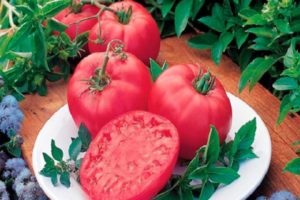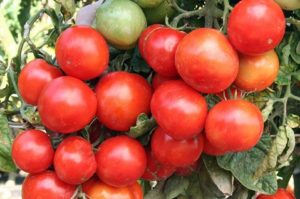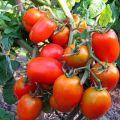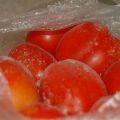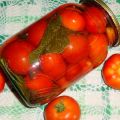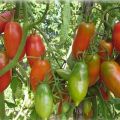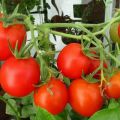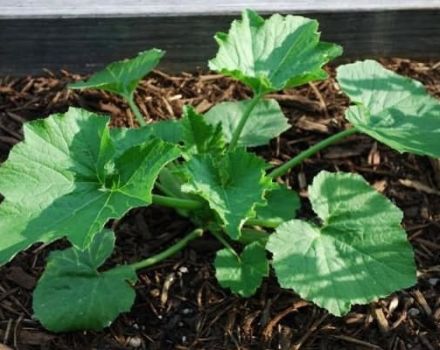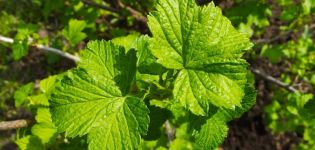Description and characteristics of the tomato variety Martha F1
Almost all varieties of tomatoes can be grown in the southern regions of Russia, but it is rather difficult to find hybrids of nightshade crops for cultivation in cool climates. One of these varieties is the Martha tomato. Even in adverse weather conditions, the bushes give a bountiful harvest.
Description of tomato hybrid Martha
The tomato belongs to the first generation hybrids. The variety was bred by Dutch breeders. It is listed in the state register of the Russian Federation as a variety intended for cultivation in the open field in the central and northern regions of the country, including in the Urals and Siberia.
Tomato variety Marfa F1 belongs to tall, interdeterminant hybrids. The stem height can be 1.7 meters. The plants themselves are not spreading, medium foliage. The leaves are small in size, rich in light green color, the shape is ordinary. The bushes have a powerful root system. The inflorescence of the Martha variety is simple. The very first inflorescence is formed after 7-8 leaves, the next ones - every 3 leaves.
The hybrid belongs to the late varieties. Fruiting begins 135 days after germination.
The main characteristic of this tomato variety is the presence of immunity to such common diseases as fusarium wilting of the bush, tobacco mosaic virus, verticillosis, and cladosporiosis.
Tomatoes can be cultivated not only in the vegetable garden in the beds, but also in greenhouses and greenhouse shelters. The bushes tolerate unfavorable weather and a sharp drop in temperature.

Characteristics of the fruit of the hybrid Marfa F1
The fruiting period of tomatoes begins in the second half of July and ends with the first frost.
Description of fruits:
- The weight of ripe fruits of tomato Martha can reach up to 150 grams;
- Good yield throughout the entire fruiting period;
- Up to 8 fruits can form in one cyst;
- One bush can produce up to 7 kg of vegetables;
- Neat rounded tomatoes;
- The pulp is juicy, not watery. The taste is sweet, with a slight sourness;
- The skin is smooth, not ribbed, dense, a small depression and yellow-red spots may form near the stalk;
- There are few seeds inside the fruit;
- The shade of ripe vegetables is rich red;
- After harvesting, vegetables can be stored for quite a long time without spoiling;
- Tomatoes have a good presentation and are ideal for sale;
- Tomatoes are suitable for fresh consumption. They can also be used to make delicious juices, sauces, ketchups and soups. Small tomatoes can be preserved whole. During salting, vegetables do not crack and retain their shape.

Advantages and disadvantages of the Marfa F1 hybrid
Reviews of tomato Martha F1, from those farmers who grew it on their site, are generally only positive.
Description of advantages:
- Good seed germination;
- Yield stability during the entire growing season of plants;
- Long fruiting period;
- Ripe tomato flavor;
- After harvesting, the fruits can be stored for a long time;
- Resistant to many tomato diseases;
- Suitable for growing in northern regions;
- It tolerates an unfavorable climate and a drop in daily temperatures.
No flaws were found in the variety. The only caveat is the need to tie the bushes to the support. If this is not done, then due to the severity of the fruit, the stems may break.
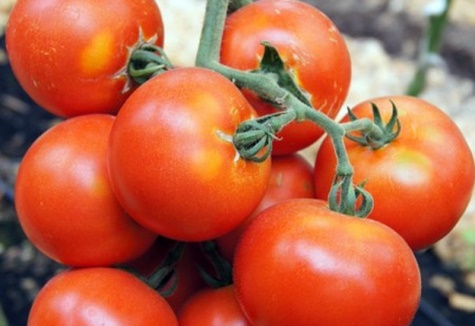
Features of caring for Martha tomatoes
Almost all varieties of tomatoes can produce good yields with minimal maintenance. It is enough to regularly water the bushes, huddle, remove weeds and loosen the soil. But, if the care of the seedlings is more thorough, then the yield can be increased significantly.
Before sowing seeds, they can be warmed up to ensure the percentage of germination. To do this, the planting material must be put in a small bag and put on the battery for several days. Then they must be impregnated with a special solution that promotes germination of sprouts. For example, Epin or potassium humate solution.
First of all, you need to prepare the land for planting seedlings. This can be done with the onset of autumn, immediately after the entire harvest from the site has been collected. The earth is dug up and watered with a solution of copper sulfate (1 tbsp. L per 10 liters of warm water).

With the onset of spring, one more top dressing is introduced. In a bucket, you must mix peat, humus and sawdust. Add 3 tbsp to the organic fertilizer mixture. l. superphosphate and 500 g of wood ash.
Then the substrate should be dug up again, poured with lime solution. All these procedures are carried out 10 days before planting seedlings in the ground. You can also apply organic fertilizers containing nitrogen to the soil. This will contribute to more active growth of seedlings.
If tomato seedlings are stretched too much while at home, they are planted “lying down”. Additional roots are formed on the buried stem, and the bushes themselves grow faster.
Regular application of mineral fertilizers containing magnesium to the soil will help increase yields. Magnesium sulfate or Mag-Bor can be used as top dressing.
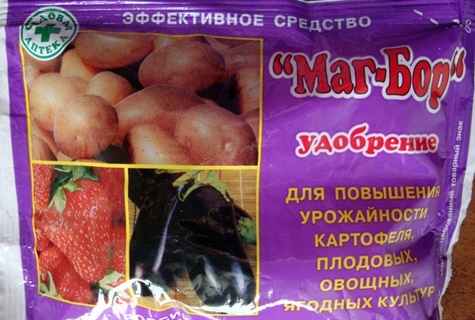
Tomato plots need to be changed every year. If you grow seedlings in the same area every year, then every year the harvest will get worse and worse.
By following these simple rules for caring for tomatoes, you can achieve excellent results.
